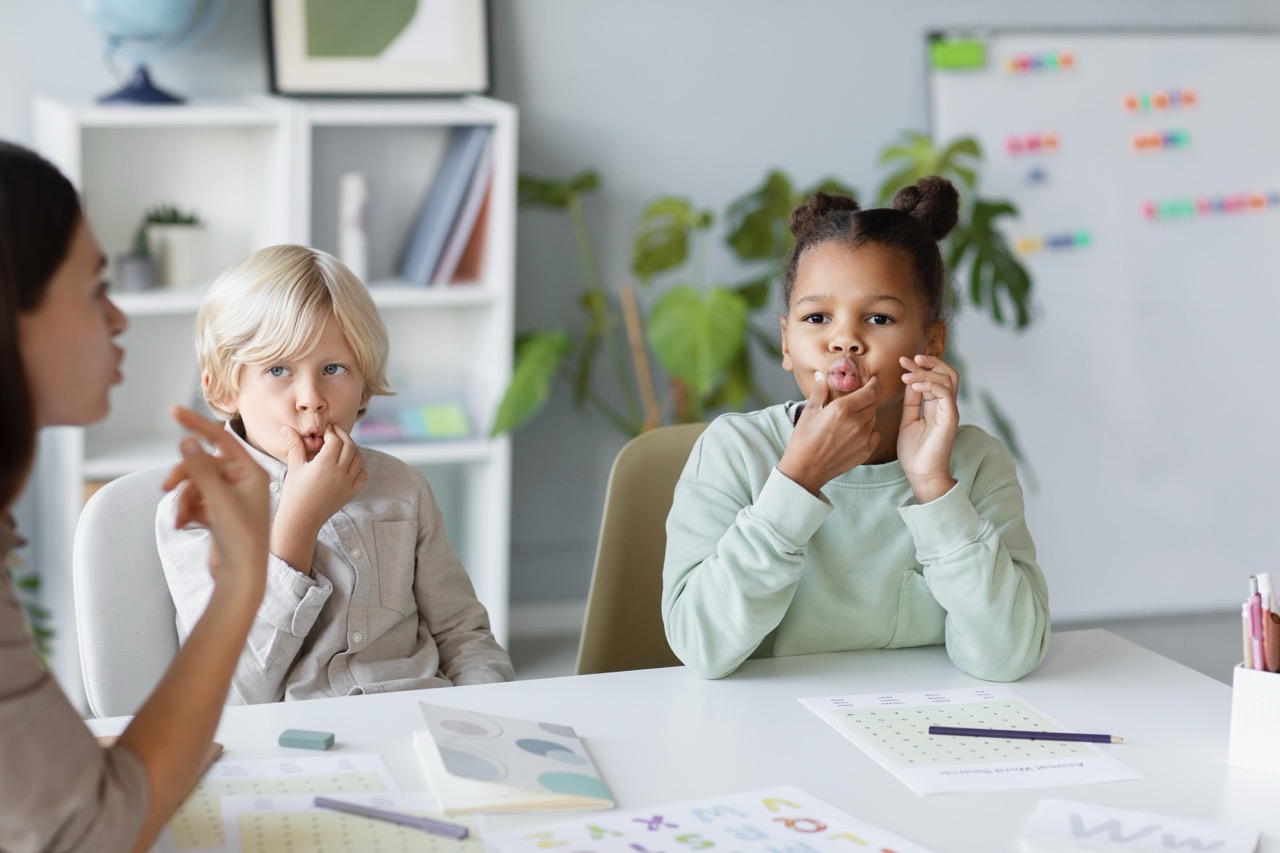When children begin to learn language, not all of them follow the same path. Some children learn language in a linear, word-by-word way (“ball,” “go,” “want cookie”), while others learn in chunks or “gestalts.” This is called Gestalt Language Processing. Instead of building speech one word at a time, these children might repeat whole phrases they’ve heard, such as “Let’s go outside!” or “Do you want a snack?” They then gradually break those longer chunks into smaller pieces and build flexible language over time.
How Therapy Providers Support Gestalt Language Processing
- Speech Therapy (SLP): Speech therapists help children identify their “gestalts” (the phrases they repeat) and guide them in breaking these down into smaller, meaningful parts. For example, if a child often says, “Let’s go outside,” an SLP might highlight the word “go” and model new ways to use it (“go fast,” “go home,” “go play”).
- Occupational Therapy (OT): OTs support language growth by addressing sensory, emotional, and play needs that encourage communication. When children feel calm and regulated, they are better able to learn and practice language.
- Physical Therapy (PT): Movement can be a powerful tool for language learning. PTs encourage physical play, rhythm, and movement activities that create opportunities for children to use their gestalts in real-life contexts (“ready, set, go!”).
How Parents Can Use Gestalt Language at Home
Parents play an important role in supporting this natural way of learning language. Here are some simple ways to help:
- Listen for repeated phrases. Notice what phrases your child uses often—they’re starting points for communication.
- Model flexible language. If your child says, “Let’s go outside,” you might respond with, “Yes, let’s go play!” or “We can go outside and swing!”
- Play with routines. Use repeated phrases during daily activities (“all done,” “time to eat,” “let’s go”) to give your child consistent language models.
- Stay patient. Remember that using long phrases is a valid way of learning. Over time, children will naturally break these chunks into smaller words.
Gestalt Language Processing is a unique and natural way for some children to learn to talk. With support from speech, occupational, and physical therapists—as well as intentional modeling at home—children can move from memorized chunks of language to flexible, meaningful speech. By tuning in to your child’s phrases and giving them space to grow, you are helping them build strong communication skills for life.

